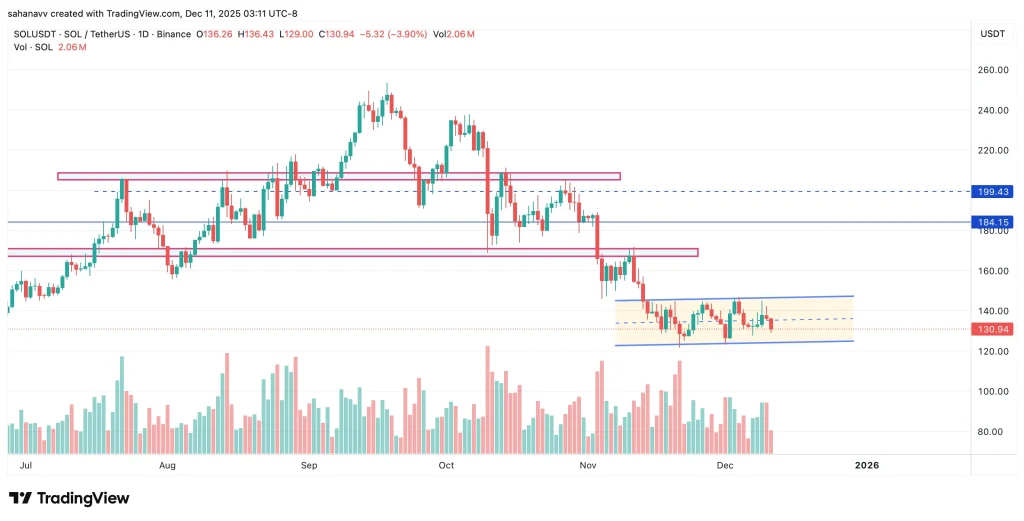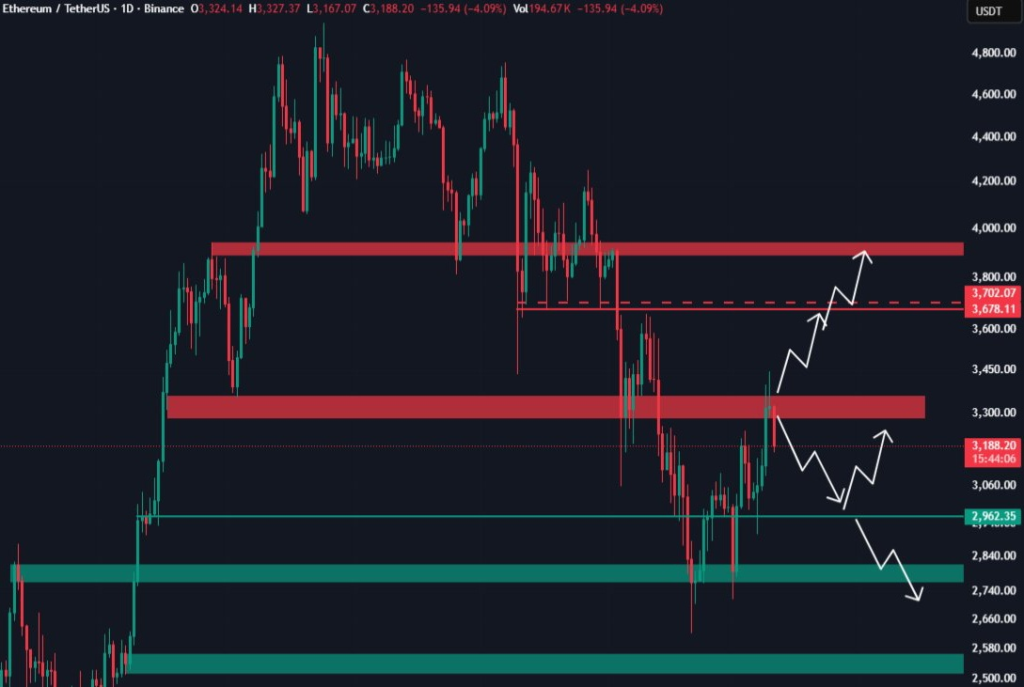Russian Ruble-Backed Stablecoin A7A5 Moves $6 Billion Despite U.S. Sanctions Scrutiny
Contents
Toggle- Quick Breakdown
- Stablecoin tied to sanctioned exchanges
- On-Chain tactics obscure fund flows
Quick Breakdown
- A7A5 stablecoin moved $6B despite links to sanctioned Russian firms.
- 80% of its supply was destroyed and reissued after U.S. sanctions.
- Blockchain activity shows attempts to obscure fund traceability.
A Russian ruble-pegged stablecoin, A7A5, has facilitated more than $6 billion in cross-border transactions since its launch in August 2025, despite being linked to entities under U.S. sanctions, according to a new report from the Financial Times. The token has reportedly become a key instrument in Russia’s effort to bypass international financial restrictions and maintain liquidity in global trade.
Kremlin-backed crypto coin moves $6bn despite US sanctions
— Financial Times (@FT) October 6, 2025
Stablecoin tied to sanctioned exchanges
Blockchain data analyzed by FT revealed that A7A5 is closely connected to several sanctioned entities, including the crypto exchanges Grinex and Garantex, as well as Russia’s state-backed Promsvyazbank. The U.S. Treasury sanctioned Grinex in August, describing it as the successor to Garantex — a platform accused of processing illicit transactions linked to hacking, drug trafficking, and terrorism financing. Garantex was originally blacklisted in March 2022, following Russia’s invasion of Ukraine, as part of Washington’s broader crackdown on crypto channels facilitating sanctioned trade.
Following the most recent sanctions, over 80% of A7A5’s total supply was reportedly destroyed and reissued. Blockchain records show that wallets associated with Grinex were reset to zero using a smart contract function called “destroyBlackFunds.” Tokens removed from circulation were labeled “dirtyShares,” before being re-minted to new wallet addresses identified as “TNpJj,” effectively erasing their transaction history.
On-Chain tactics obscure fund flows
Unlike traditional token transfers that maintain transparent on-chain links, this method of destruction and reissuance cuts off traceability between the old and new wallets, making it difficult to track the flow of funds. Analysts say the move reflects a deliberate strategy to conceal ties to blacklisted entities and minimize the impact of sanctions enforcement.
The Financial Times report added that A7A5, which operates across Tron and Ethereum, may have adopted these tactics after studying the takedown of Garantex, suggesting a more sophisticated approach to evading Western financial oversight.
Despite intensifying sanctions and scrutiny, cryptocurrency adoption within Russia continues to surge. Russians now collectively hold an estimated $25.4 billion in digital assets , driven largely by institutional inflows and the search for alternatives to the global banking system.
Take control of your crypto portfolio with MARKETS PRO, DeFi Planet’s suite of analytics tools.”
Disclaimer: The content of this article solely reflects the author's opinion and does not represent the platform in any capacity. This article is not intended to serve as a reference for making investment decisions.
You may also like
Solana Stalls Below Key Resistance as Momentum Fades—Can SOL Price Break Out Before 2026?

Michael Burry Warns of Trouble as FED Starts $40B T-Bill Buying
Tom Lee Says “Investors Are Still Early” as Bitcoin and Ethereum Enter Super-Cycle

XRP Price Set to Surge as Ripple Prepares for Clarity Act Compliance
